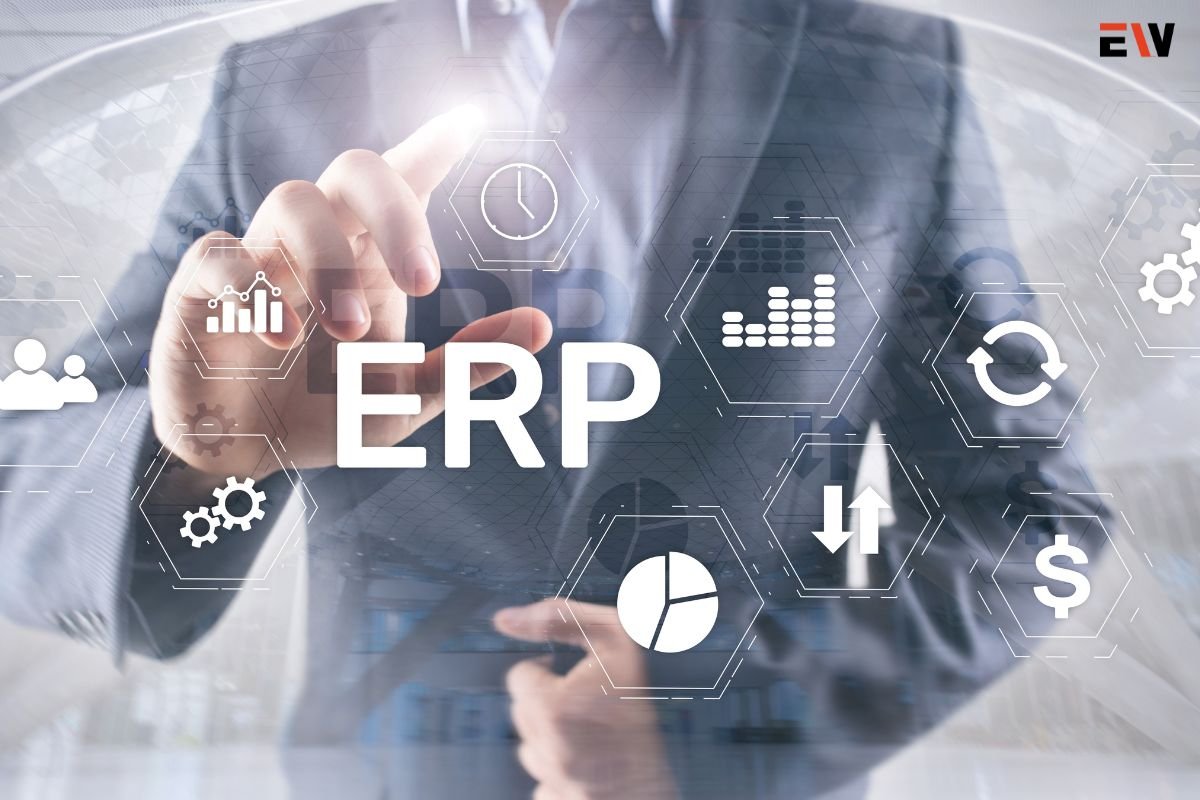Enterprise Resource Planning (ERP) systems play a critical role in modern businesses, integrating core business processes and enabling efficient operations. This guide explores the fundamentals of ERP implementation, the key steps involved, challenges to consider, and best practices for successful deployment.
What is ERP Implementation?
ERP implementation refers to the process of installing or deploying an ERP software system within an organization. ERP systems consolidate various functions, such as finance, human resources, supply chain management, and customer relationship management, into a single integrated platform. This integration aims to streamline processes, improve data visibility, and enhance decision-making across the organization.
Key Steps in ERP Implementation
1. Strategic Planning and Evaluation
- Assessment of Needs: Identify current business processes and pain points that an ERP system can address.
- Goal Setting: Define clear objectives and outcomes expected from the implementation of ERP.
- Vendor Selection: Research and select an ERP vendor whose system aligns with your business needs and budget.
2. Project Kickoff and Team Formation

- Establish Project Team: Assemble a cross-functional team including key stakeholders, project managers, IT specialists, and end-users.
- Project Scope Definition: Outline the scope, timeline, and budget for ERP implementation.
- Communication Plan: Develop a communication strategy to keep stakeholders informed and engaged throughout the process.
3. System Design and Customization
- Business Process Mapping: Document current and future state processes to identify gaps and customization requirements.
- ERP Configuration: Customize the ERP system to align with specific business processes and workflows.
- Data Migration Strategy: Plan and execute the transfer of data from legacy systems to the new ERP platform.
4. Testing and Quality Assurance
- Unit Testing: Conduct thorough testing of individual ERP modules to ensure they function as intended.
- Integration Testing: Verify the interoperability of different modules and data consistency across the ERP system.
- User Acceptance Testing (UAT): Involve end-users in testing to validate system functionality and usability.
5. Training and Change Management

- Training Programs: Provide comprehensive training sessions to educate employees on using the ERP system effectively.
- Change Management: Implement strategies to manage resistance to change and promote the adoption of the new ERP system.
- Support System: Establish a support structure to address user queries, issues, and ongoing training needs post-implementation.
6. Go-Live and Deployment
- Pilot Phase: Conduct a pilot deployment in a controlled environment to identify and address any remaining issues.
- Full Deployment: Roll out the ERP system across the organization, ensuring all departments and users are prepared for the transition.
- Monitoring and Optimization: Monitor system performance, gather feedback, and make necessary adjustments to optimize ERP usage.
Challenges in Implementation
1. Resource Allocation: Allocating sufficient time, budget, and skilled personnel for ERP implementation.
2. Customization Complexity: Balancing the need for customization with maintaining system integrity and upgradeability.
3. Data Migration Issues: Ensuring accurate and complete data migration from legacy systems without disruptions.
4. User Adoption: Overcoming resistance to change and ensuring buy-in from employees at all levels.
5. Integration with Existing Systems: Integrating the ERP system with existing IT infrastructure and third-party applications.
Best Practices for Successful ERP Implementation
1. Executive Sponsorship: Secure commitment and support from senior management throughout the implementation process.
2. Clear Communication: Maintain open communication channels with stakeholders to manage expectations and address concerns.
3. Phased Approach: Implement ERP in phases or modules to manage risks and facilitate smoother transitions.

4. Data Security: Implement robust security measures to protect sensitive data and comply with regulatory requirements.
5. Continuous Improvement: Establish metrics to measure ERP performance and continuously refine processes based on feedback and analytics.
Conclusion
ERP implementation is a complex yet transformative process that requires careful planning, stakeholder collaboration, and adherence to best practices. By leveraging ERP systems effectively, businesses can streamline operations, improve efficiency, and gain a competitive edge in today’s dynamic marketplace. A Successful implementation of ERP not only enhances organizational productivity but also supports strategic decision-making and fosters growth and innovation across all facets of the business.










